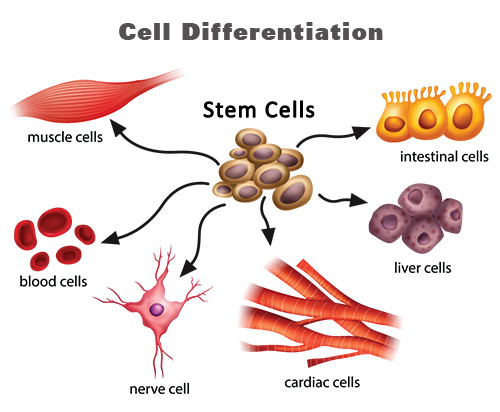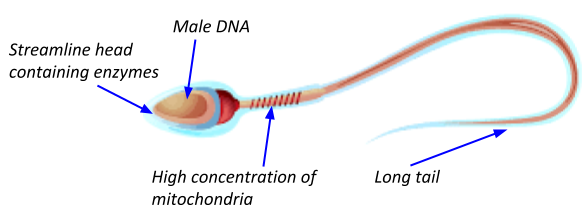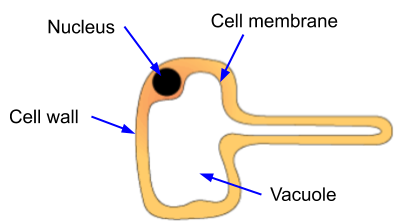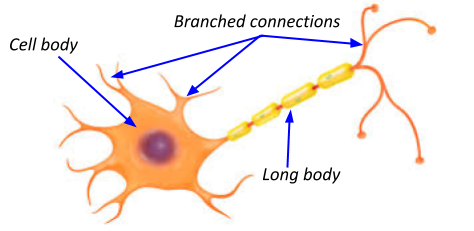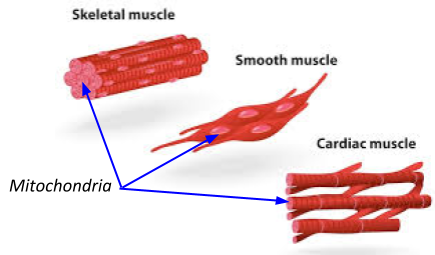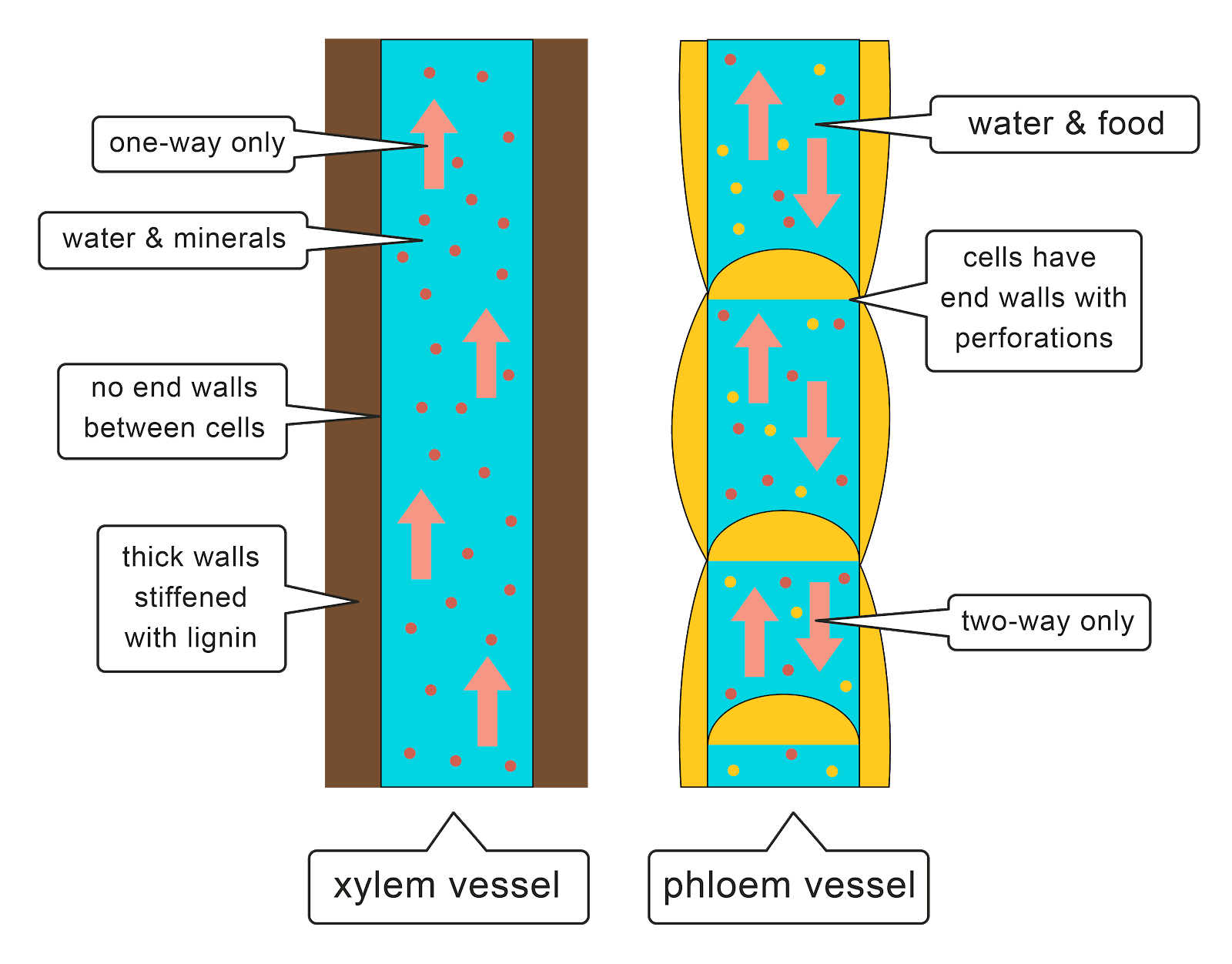Specialised Cells
Cell Differentiation
You will need to know:
The difference between specialised and unspecialised cells.
What cell differentiation is.
Specialised cells:
A specialised cell is when a cell has certain features that make it very good at its job.
Cell differentiation:
Cell differentiation is when an unspecialised cell becomes specialised.
Before you were born, you started as just a bunch of cells! These cells were stem cells. Your DNA had told certain cells to change their appearance and contents, to become specialised! When specialised cells start to form, then things like skin and bones can start forming - making you!
Specialised Cells
Here are all the specialised cells that you’ll need to know for your GCSE exams.
You will need to know:
Their function (job)
Where they are found
What they look like
How they are adapted for their function (what about them makes them good at their job).
Sperm cell - found in male reproductive organs:
Root hair cell - found in the roots of plants:
Nerve cell - found in the nervous system of animals:
Muscle cell - found in the the flesh of animals:
Xylem and Phloem cells - found in the stem of plants:
Examples
| alised Cell | Found in | Function | Adaptation | 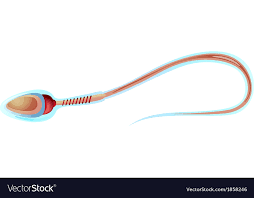 | Male reproductive organs | To swim towards an egg in order to fertilize it. |
- Long tail - so the sperm cell can swim towards the egg.
- Lots of mitochondria - so the sperm cell has lots of energy for swimming
- Narrow head - to make the sperm cell streamline for faster swimming.
- Enzymes in the sperm-head to help break through the egg cell membrane.
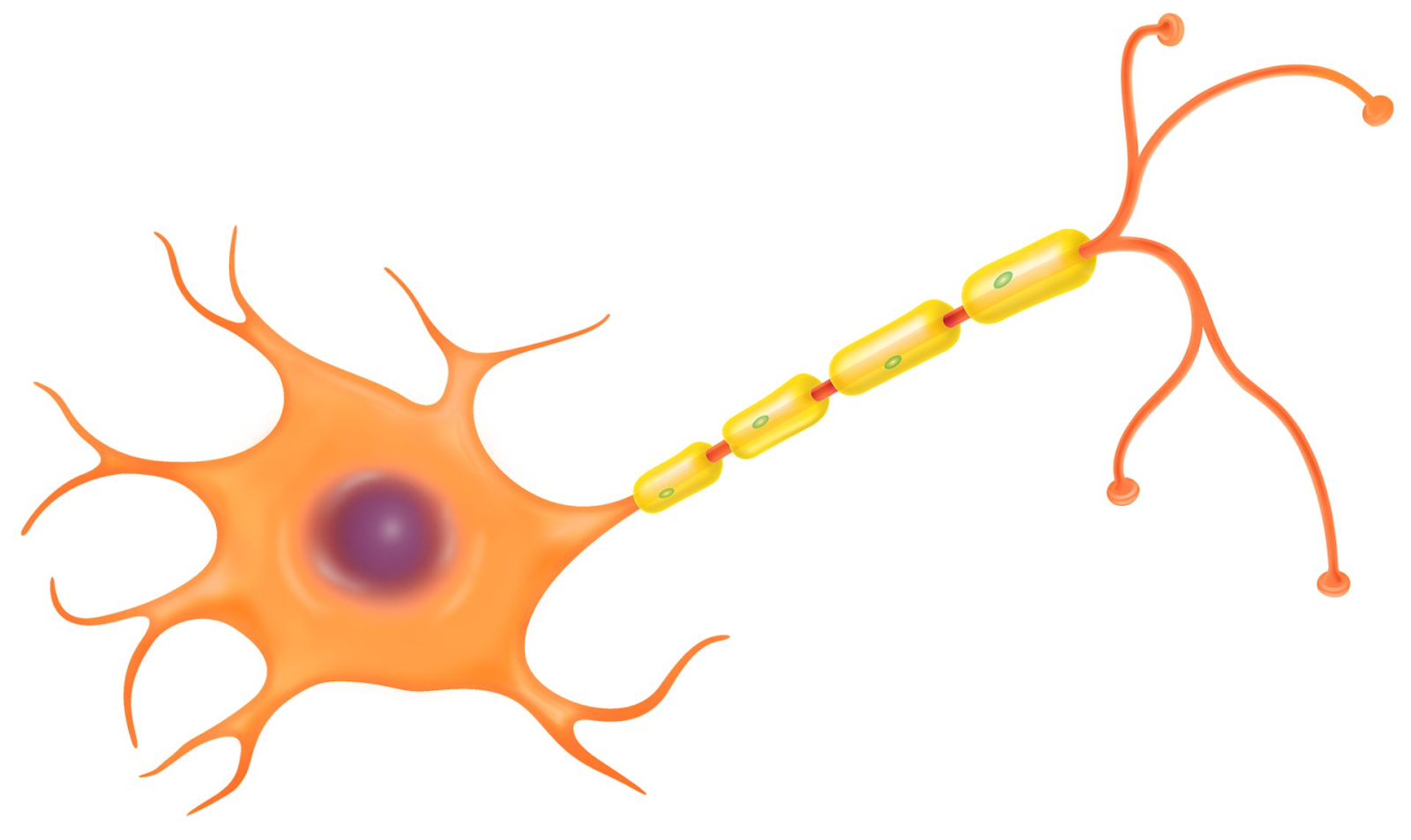 | Nervous system of animals | Carry electric impulses quickly around the body. |
- Long - to cover more distance
- Long and branched connections at the top and bottom of the cell - to connect to lots of other nerve cells and create a web of nerve cells.
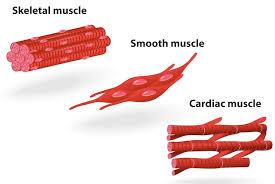 | Flesh of animals | Found in the flesh of animals - Contract quickly to allow movement. |
- Long - so that they have space to contract
- Contain lots of mitochondria - so they have enough energy to contract.
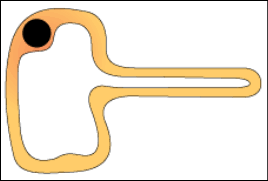 | Roots of a plant | Grow into long ‘hairs’ to absorb minerals and water from the soil. |
- Large surface area - so that it can absorb more water and minerals from the water.
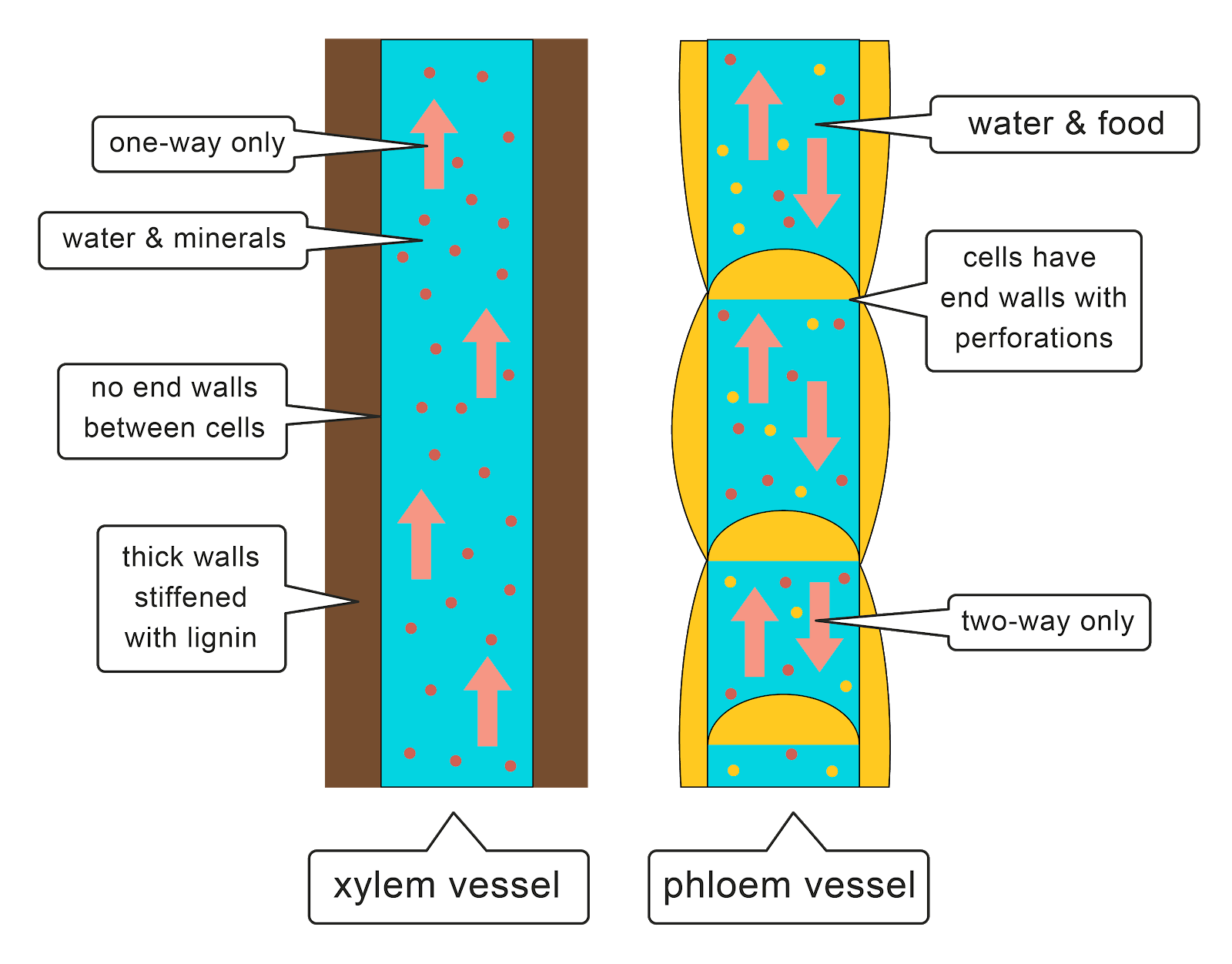 | Stem of plants | Found in plant stems to carry water around the plant from the soil. |
- Cells are long and joined end to end - so that substances can flow through quickly.
- Cells are hollow - so that substances can flow through quicker.
 | Stem of plants | Found in plant stems to carry minerals around the plant from the soil. |
- Cells are long and joined end to end - so that substances can flow through quickly.
- Cells are nearly hollow - so that substances can flow through them.
